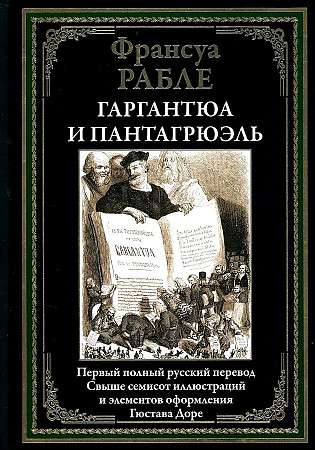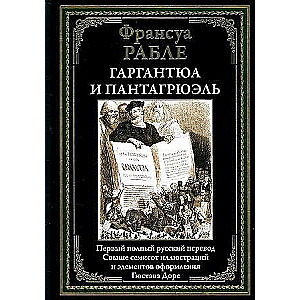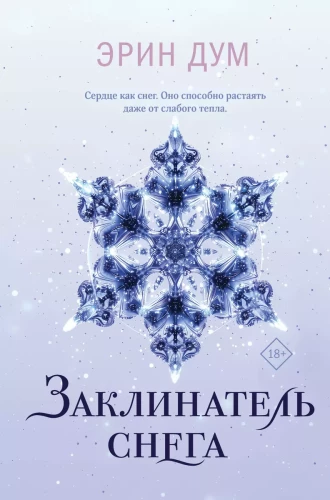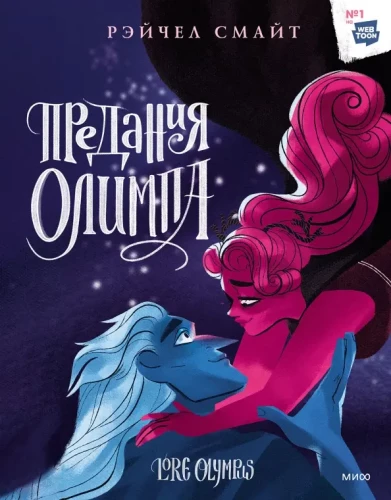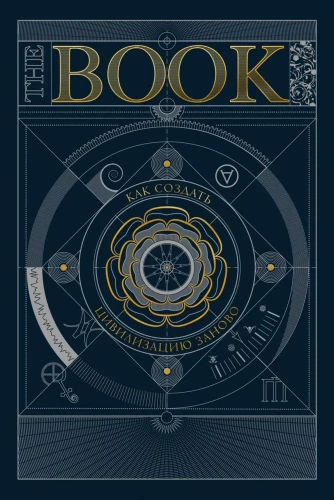Gargantua and Pantagruel. The First Complete Russian Translation
In this edition, the text of the famous satirical novel «Gargantua and Pantagruel» is presented in full, without cuts. Its author, François Rabelais, is perceived as our contemporary, by the will of fate living in 16th century France. He is...
a person who is internally free, extremely erudite, and possesses a sparkling sense of humor, who has long shed the shackles of the Middle Ages. Rabelais's imagination overflows. Under the guise of farce, buffoonery, and jokes, sometimes quite ribald, on the pages of his novel, he expresses thoughts on enlightened monarchy, principles of pedagogy, free human community, and the pursuit of knowledge. Not accidentally, his epic «Gargantua and Pantagruel», which he wrote for more than twenty years, publishing it in parts, became a peculiar encyclopedia of social, political, and cultural life in 16th century France. Moreover, many consider Rabelais the founder of modern French language. He uses colloquial expressions, enjoys them, absorbs everyday language like a sponge, plays with word creation, puns, uses French dialects, jargons, and foreign phrases.
Rabelais was born at the end of the 15th century in the Loire Valley near the small French town of Chinon. Having entered a monastery not out of a good life, he took up self-education and in 1530 became a student at the medical faculty in Montpellier. Rabelais narrowly escaped the stake for his books, which were neither in style nor content similar to the literature of his time. Rabelais often had to encode his thoughts and flee to Italy from France to escape persecution. Nevertheless, he was not afraid of his enemies. His weapon was laughter and that joyous state of spirit, which the writer called Pantagruelism in his books. Rabelais did not lose it until his death in April 1553.
Rabelais's novel is illustrated with the talented works of Gustave Doré (1832–1883). He did not receive a classical artistic education, however, his natural talent as a draftsman and the long time spent in Paris studying the paintings and engravings of the Louvre and the National Library helped him independently hone his skills. Gustave Doré was only fifteen when the first album of his lithographs — «The Labors of Hercules» — was published. In his graphic works, Doré masterfully employs the interplay of light and shadow. His hand is instantly recognizable — whether it's drawings for Dante's poem or for the Bible, tales of Charles Perrault or the adventures of Baron Munchausen. It is not surprising that critics rightly regard Doré as one of the greatest illustrators of the 19th century.
The famous satirical novel «Gargantua and Pantagruel», written by the great humanist of the 16th century François Rabelais and considered one of the best literary monuments of the culture of the Renaissance, is published in the first Russian translation, made in 1929 by Vladimir Alexeevich Pyast (real surname Pestovski). The book is adorned with initials, vignettes, as well as 704 illustrations by the outstanding French artist and engraver of the 19th century Gustave Doré.
Author: РАБЛЕ Ф.
Printhouse: SZKEO
Series: BML
Year of publication: 2023
ISBN: 9785960307154
Number of pages: 1040
Size: 26х17 см mm
Cover type: Твердый переплет
Weight: 2398 g
ID: 1396434
